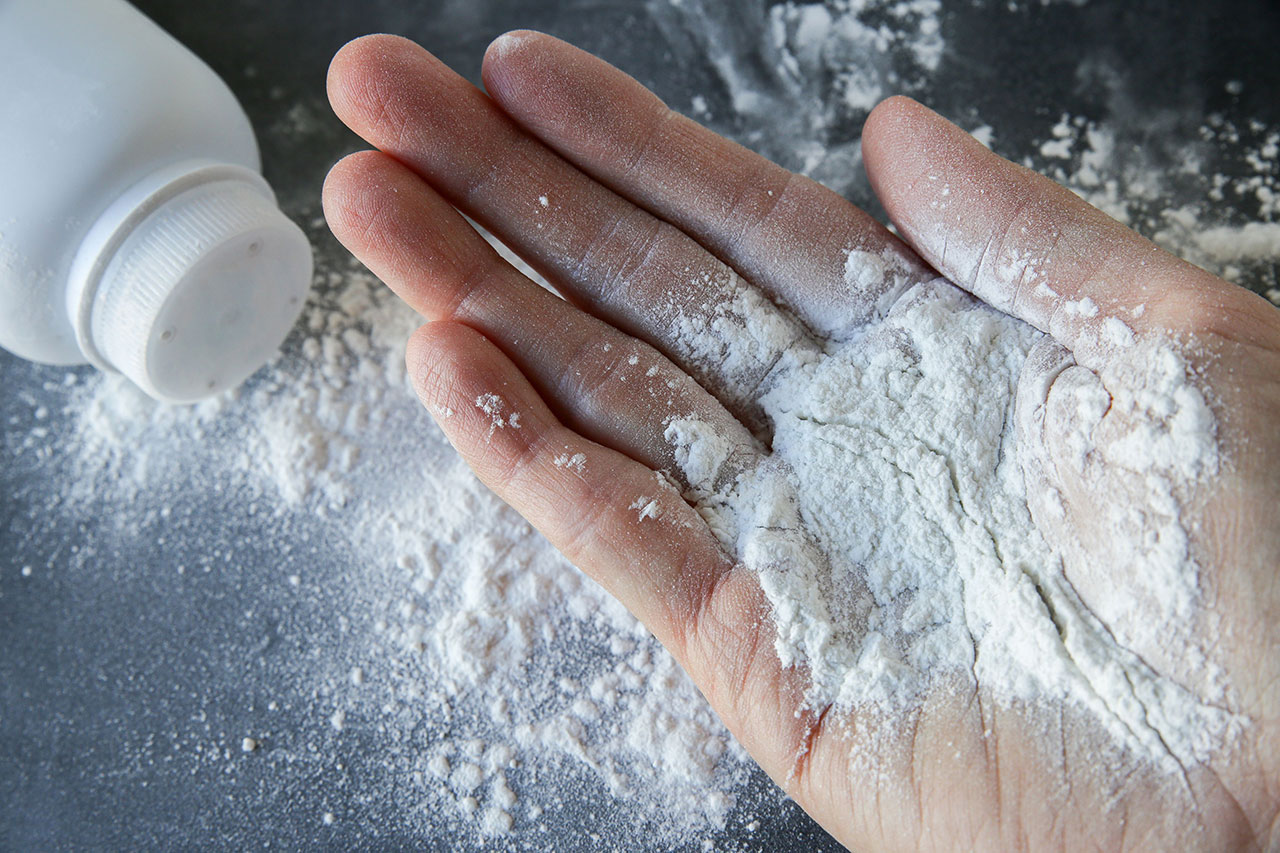For frontline healthcare workers during the COVID-19 pandemic, wearing personal protective equipment (PPE) like face visors, googles, and respiratory protective equipment is an essential part of working life. More workers are wearing facial PPE now than ever before, often for extended periods of time, to protect them against the SARS-CoV-2 virus.
However, extended PPE use, particularly on the delicate skin of the face, can cause friction and shear injuries like skin tears, blistering, ulcers, and hives.
The effects of friction and shear can be reduced by lubricants, which workers are advised to apply every half hour. Half-hourly applications can be impractical during shift work and may expose workers to the virus, and many typical moisturisers don’t last long as they are designed to be absorbed into the skin for a ‘non-greasy feel’.
Now, researchers from Imperial College London have investigated which products create the longest-lasting protective layer between PPE and skin. They hope their findings will help healthcare workers and other long-term PPE users like those in hospitality to prevent skin injury and deformity.
They found that the best lubricants to use are those that don’t absorb into the skin, creating a long-lasting layer of protection between skin and PPE. They say that non-absorptive creams like coconut oil-cocoa butter beeswax mixtures, and powders like talcum powder, are most likely to provide PPE wearers with long-lasting skin protection.

Lead author Dr Marc Masen, of Imperial’s Department of Mechanical Engineering, said: “We think of moisturisers as good for our skin, but commercial skin creams are often designed to absorb into the skin without leaving any residue. While this is fine for everyday moisturising, our study shows that a greasy residue is precisely what’s needed to protect skin from PPE friction.”
To identify the best-performing lubricants, the researchers custom-built a tribometer — an instrument that assesses friction between two surfaces — and used it to test the friction between skin and polydimethylsiloxane (PDMS), which is a common component of PPE.
They used the tribometer to test commercially available products to measure how they changed the friction between PDMS and the inner forearm skin of a healthy 44-year-old male participant. They tested friction upon application, and then one, two, and four hours after application.
They found that while most products initially reduced friction by 20 per cent, some silicone-based and water-and-glycerin based lubricants increased friction levels over time by up to 29 per cent compared to dry skin.
However, two products reduced friction as time went on. Talcum powder reduced friction by 49 per cent on application and 59 per cent at four hours, and a commercially available product comprising coconut oil, cocoa butter and beeswax reduced friction by 31 per cent on application and 53 per cent at four hours. A mixture of petrolatum and lanolin reduced friction by 30 per cent throughout testing.
When testing commercial moisturisers, they found that friction on application was low, but increased drastically within ten minutes of application. The researchers say this is because the active ingredients, known as humectants, attract water like magnets from the lower layers of skin to the upper ones, leaving it soft, unlubricated, and breakable.
Co-author Dr Zhengchu Tan, also of the Department of Mechanical Engineering, said: “The products that don’t absorb easily into the skin are the ones that provide a protective layer. In fact, for PPE wearers, it’s best to actively avoid creams and moisturisers which advertise a ‘non-greasy feel’.”
Dr Masen said: “Friction can be incredibly damaging for the skin, particularly when applied for an extended period. We hope our study will save healthcare workers and other frontline PPE wearers from suffering with the painful and damaging effects of skin friction.”
The researchers say that while their study signposts PPE wearers to the best skin-saving products, they are looking to perform further studies using facial skin and more participants. Due to COVID-19 restrictions during lockdown, they were only able to test the products on one study participant, and used his inner forearm as a surrogate for facial skin.
This research was funded by the Imperial College COVID-19 response fund.